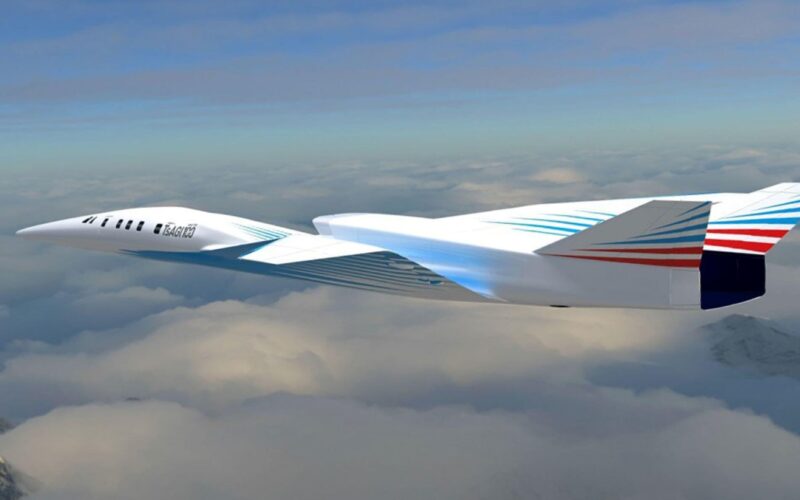A technology demonstrator for an upcoming Russian supersonic passenger aircraft will enter production in 2023, reports in state media indicate.
It will be constructed at Chaplygin Siberian Scientific Research Institute of Aviation (SibNIA), using the MiG-29 fighter jet as a basis.
The plan was announced by the institute’s director Vladimir Barsuk at a press conference, Russian state news agency TASS reports.
“Next year the work on a supersonic passenger aircraft is planned and the institute will take part in creating and testing technology demonstrators. This year it was formalized, the decision has now been taken and the contract is going to be signed next year,” Barsuk said, according to TASS.
“A new fuselage is going to be used, a new wing, a wing with a reduced supersonic shockwave. Modern research allows us to compose the aircraft in such a way that the shockwave is substantially reduced. SibNIA is going to conduct flight tests,” he added.
According to TASS, Barsuk announced that work on the technology demonstrator is going to take two years and the demonstrator is going to be created on the basis of a light aircraft, namely the MiG-29.
Simmering development
It is unclear if the project, revealed by Barsuk, is the same one previously discussed by Russian officials.
In October 2021 Nikolai Dolzhenkov, the chief designer of Russian drone manufacturer Kronshtadt, said that his company was contracted to produce a technology demonstrator for the country’s upcoming supersonic business jet.
Read more: Russian drone maker Kronshtadt to build a prototype of supersonic bizjet
In 2019 the Central Aerohydrodynamic Institute (TsAGI), Russia’s leading aerospace research institution, announced that it was starting work on its own technology demonstrator for a supersonic passenger jet.
The idea of Russia building a new supersonic commercial aircraft goes back to 2018, when the country’s president Vladimir Putin floated the idea of converting a Tupolev Tu-160 supersonic strategic bomber to carry passengers.
While the idea drew heavy criticism from the aviation community, at least one project to develop such an aircraft was launched in Russia. The initial plans saw the technology demonstrator flying by 2022, with the mass-produced jet entering service several years later.
The project was also criticized as potentially unprofitable by some prominent Russian officials, such as the CEO of state technology conglomerate Rostec.
Holy grail of commercial aviation
Supersonic commercial aviation saw early signs of resurgence in the late 2010s, over a decade after the Concorde was retired.
A number of startups and prominent aerospace manufacturers from across the world announced plans to design and build their own supersonic airliners, although none of these plans has yet come to fruition.
NASA and Lockheed Martin are currently putting finishing touches on the X-59 QueSST, a quiet supersonic flight technology demonstrator which is set to conduct its maiden flight during 2023.
Boom Supersonic recently had some prominent developments of their own, hiring Kratos to manufacture engines for their Overture airliner as well as signing a deal for crew training.
Boom also rolled out their XB-1 technology demonstrator in 2020. It was intended to conduct a maiden flight in 2021, but those plans were delayed.
During the 1990s and 2000s, there were several projects to build supersonic airliners on the basis on military aircraft in Russia. However, the only commercial supersonic jet to have been manufactured in the country was the Tupolev Tu-144, which was first introduced in 1975 and retired three years later.
The Tu-144 also had a technology demonstrator based on a fighter jet. Called the MiG-21I, it was a modified Mikoyan-Gurevich MiG-21 Fishbed, intended to test Tu-144’s wing design.
It has not been announced which aspects of the upcoming supersonic jet the MiG-29, modified by SibNIA, is intended to test.

